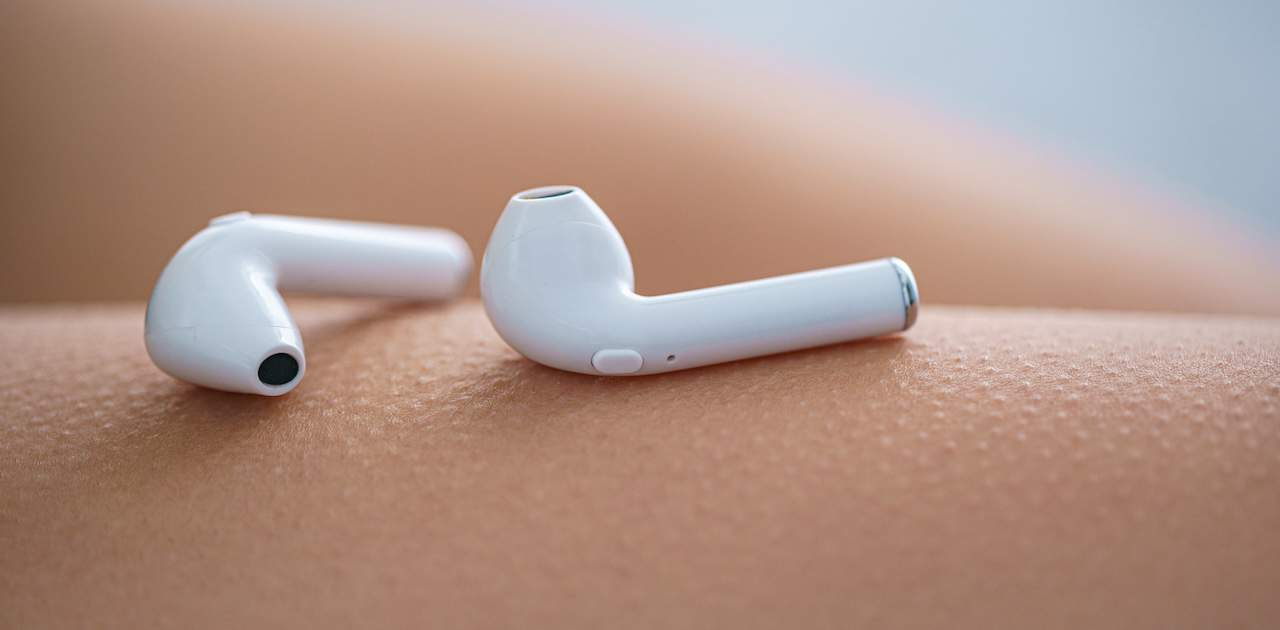
The first drums in human history we know about came from animal skins stretched over hollowed-out logs, bones, or any common object that could produce a recognizable sound. Alligator skin was used as early as 5500 BC in parts of China and Asia. These percussion instruments formed the foundation of rhythm and beat so critical to drumming and performances today.
Over time, robust sets of modern drums and drum sticks are recognizable everywhere. But bucket drumming, which is anyone using a bucket or drum-shaped container to create rhythms, is a modern form of music that follows thousands of years of human and music development.
Making music with five gallon plastic buckets
Contemporary bucket drummers use five gallon plastic buckets, like the kind you see at the hardware store, or empty water bottles like the kind you see in the office water cooler. These two mainstays produce different sounds depending on their angle and openings. A talented bucket drummer can use the inside of the bucket to easily stack notes and objects to produce a wide range of sounds, like in this TEDx talk:
The history of bucket drumming is like basketball, with the true source lost to history and its exact origins being disputed. It’s likely that no single person invented bucket drumming, but many drummers converged on the idea independently in various regions worldwide.
However, it’s widely considered Larry Wright popularized bucket drumming in New York City in the 1980s. Using his feet to lift his different-sized buckets, he changed the sound and pattern in ways that delighted commuters in New York City Subways.
As his modest popularity grew, people began performing informally along city streets in New York City and elsewhere in the United States. Street musicians in Boston, Chicago, D.C., Louisville, Indianapolis, and elsewhere began experimenting with new bucket drums, using a seven gallon bucket instead five, stringing on glass bottles, and elevating basic beats to more robust music.
Today, bucket drumming takes place almost everywhere. You’ll occasionally find drummers performing in subway tunnels, at festivals celebrating native and indigenous heritages, and commercially with nothing but a concrete floor and a basic bucket drum set.
The commercial aspect is new as prominent bucket drumming artists make for exciting shows with lights, other instruments and odd objects, and specially-made plastic buckets.
Check out the Circle City Bucket Drummers for more
The history of bucket drumming is rich with history and has moved far beyond mere street busking for a few dollars. The Circle City Bucket Drummers create performances that are just as exciting to hear as they are to watch. And because they’re so unique compared to traditional bands or a normal drum kit, they’re a great addition to festivals, grand openings, outdoor celebrations, parades, and more.


